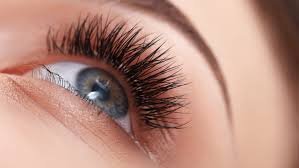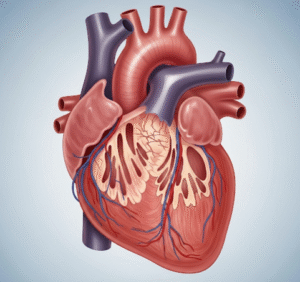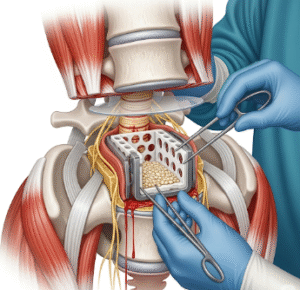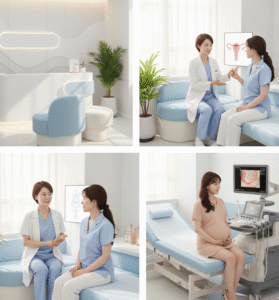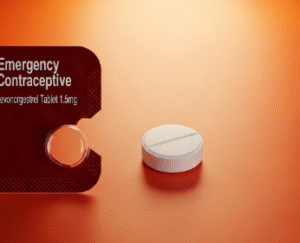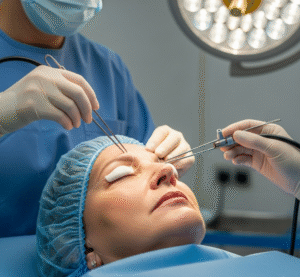Overview
Distichiasis is a rare eyelid condition where an extra row of eyelashes grows along the eyelid margin, often causing eye irritation or corneal damage. In Korea, ophthalmologists provide diagnosis, specialized eye care, and surgical treatments to manage symptoms and prevent complications.
What is Distichiasis?
Distichiasis is a congenital or acquired eyelid abnormality where eyelashes emerge from the meibomian gland openings instead of the normal eyelid margin. It can affect one or both eyes and may cause chronic irritation, tearing, or corneal injury if untreated.
Symptoms
- Extra eyelashes along the eyelid margin
- Eye irritation or redness
- Tearing or watery eyes
- Sensation of a foreign body in the eye
- Corneal abrasions or ulcerations in severe cases
- Sensitivity to light (photophobia)
Causes
- Congenital genetic mutation affecting eyelid development
- Acquired due to trauma, inflammation, or infection
- Associated with syndromes like Lymphedema-Distichiasis Syndrome
Risk Factors
- Family history of distichiasis
- Genetic syndromes affecting eyelid or eye development
- History of eyelid trauma or scarring
- Chronic eyelid inflammation
Complications
- Chronic eye irritation or pain
- Corneal abrasions or ulcers
- Increased risk of eye infections
- Vision impairment if severe or untreated
- Scarring of the eyelid or cornea
Prevention
- Regular eye examinations for early detection
- Protecting eyes from trauma or injury
- Prompt treatment of eyelid inflammation or infections
- Genetic counseling in families with hereditary distichiasis
Treatment Options in Korea
Diagnosis
- Comprehensive ophthalmologic examination
- Slit-lamp examination to inspect eyelid and corneal health
- Photography or imaging for planning surgical intervention
Medical Treatments
- Lubricating eye drops or ointments for mild irritation
- Antibiotic drops if infection occurs
- Epilation (temporary removal of extra lashes)
Surgical or Advanced Therapies
- Electrolysis to destroy misdirected lashes
- Cryotherapy or laser ablation for precise removal
- Eyelid margin reconstruction surgery in severe or recurrent cases
Rehabilitation and Support
- Regular follow-up to monitor recurrence
- Corneal protection with lubricating drops
- Patient education on eyelid hygiene and eye care

